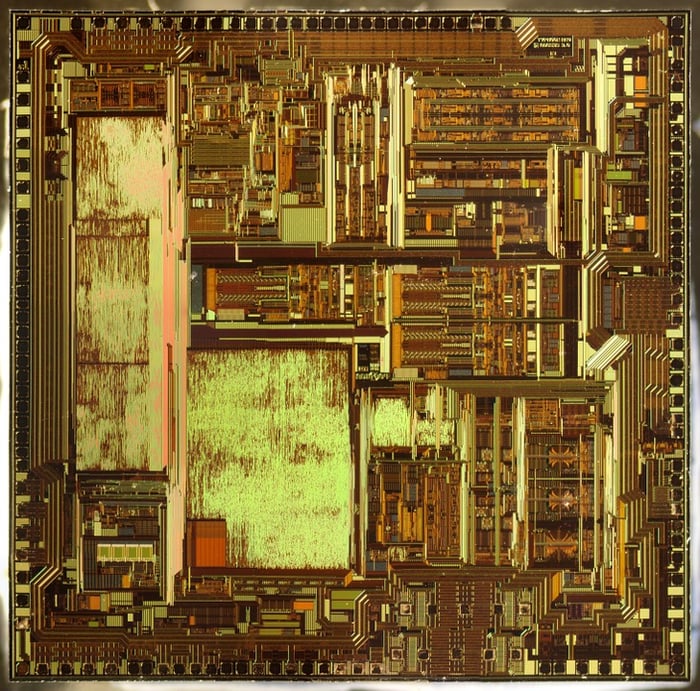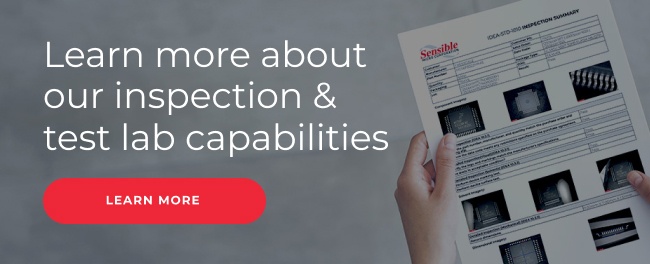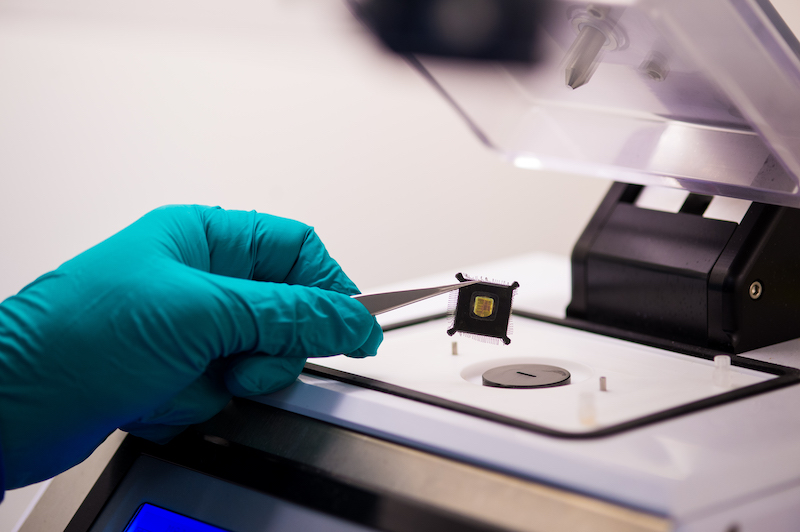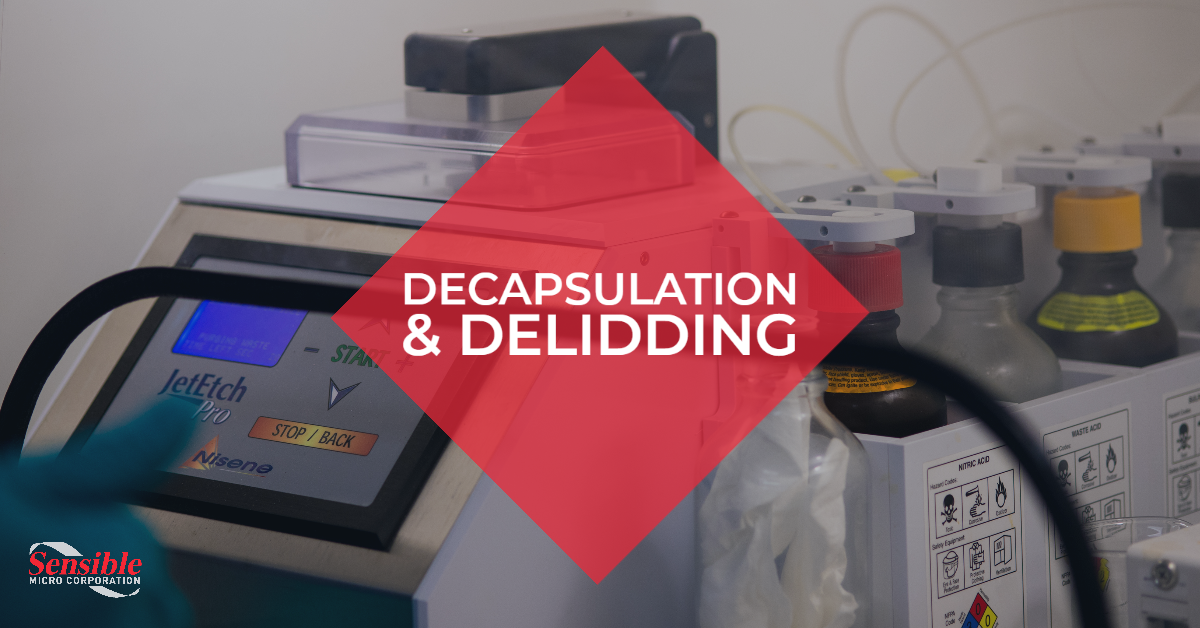With the worldwide chip shortage in full swing, many manufacturers have sought to mitigate the worst impacts by filling gaps with components from non-authorized suppliers. This is a quick fix, for sure, but “gray market” components — especially when drawn from excess and obsolete components stockpiles — can pose a risk to your brand’s integrity if they are confirmed to be counterfeit.
Fake chips can be highly passable as the real thing these days, and it will often take more than a simple eye test to detect counterfeit ICs. The risk is real enough that inauthentic chips have made it into products ranging from flagship cell phones to nuclear submarines and remained undetected until well after entering service.
You can be proactive with your anti-counterfeiting strategy by investing in specialized testing and advanced counterfeit component detection services that include methods such as the nine anti-counterfeiting solutions below:
9 Sensible Anti-Counterfeiting Solutions to Consider:
- High-Power Microscopy: Nothing is better for inspections of the surface and fine details like component leads, internal die markings, and wired bond integrity. Our magnification capabilities range from 20- 1000x with a fully-motorized Keyence VHX-7000 stage. Depth-of-field photography with high resolution shows details that would be imperceptible on a simple eye test.
- Marking Permanency Tests: An examination of part markings and mold cavities can reveal anomalies in surface integrity or marking qualities. Any sign of secondary coatings (blacktopping) found during external visual inspection can also deem the part suspect. Sensible Micro inspectors will begin with a rudimentary scrape test, then progress to swabbing with mineral spirits, alcohol, or acetone to assess the reaction and quality of surface and marking materials.
- X-Ray Signature Analysis: The Sensible Micro lab utilizes a Creative Electron TruView Prime X-Ray machine to investigate and profile the internal structure, die frame, die size and location of all wire bonds within the sample. This precise process includes advanced software that originated in facial recognition applications. The recognition algorithm compares the internal structure measurements with a known or “golden” quality sample to identify deviations or inconsistencies.
- Decapsulation/Delidding: When you chemically remove encapsulation from ceramic and/or plastic chips, the internal components can be highly informative. The internal die wafer can then be inspected to confirm that any lithography, logos or part series information is consistent with that of a golden sample. We use a Nisene JetEtch chemical decapsulation machine to expose the interior of the chip and confirm internal die markings, bond integrity, and layout.
- Heated Solvents Analysis: This aggressive form of surface integrity screening uses a mixture of chemicals heated to extreme levels. When remarking on counterfeit parts fails to dissolve with acetone, it may be revealed with a more robust application of heated chemicals. This advanced screening takes surface integrity evaluation to the next level and ensures no tampering is involved and no blacktopping or remarking has occurred.
- Solderability Screening: As anti-counterfeiting solutions go, solderability screenings are especially useful in confirming the authenticity of older components. When you apply either leaded or lead-free solder to the component, you can confirm that RoHS components conform to IPC wetting solderability standards. spot soldering or wetting anomalies and identify resurfaced leads
- XRF Analysis: High precision XRF instrumentation such as the S1 Titan XRF Analyzer in the Sensible Micro lab can identify subtle differences in material or elemental composition vs. authentic parts. Our analysis evaluates the elemental breakdown of lead materials and alerts inspectors to the presence of any hazardous substances (for RoHS compliance).
- Programming: It’s not only the material hardware that should be tested for authenticity. Sensible Micro conducts testing on software with a Xeltek SuperPro Programmer to determine whether programming has been installed previously, program components for test purposes, and remove programs (if unwanted or suspicious software has been installed).
- 3D Imaging: There is no faster or more accurate way to measure, map, and compare the full three-dimensional surface of a component assembly. Our inspectors use a Keyence VHX-7000 to create detailed 3D measurements for component dimensions, orientation, material thickness, and surface properties such as roughness or flatness. We’ll then identify potential deviations by comparing these properties to measurements from known, authentic components.
These are not the only methods of conducting anti-counterfeit testing for electronic components. Others, such as curve trace analysis, moisture baking, and low power electrical tests can dig deeper and reveal even more signs of suspect devices or quality flaws due to mishandling or improper component storage. Contact Sensible Micro today to learn more about our anti-counterfeiting solutions and protect your brand from the real threat of low quality or fake chips.



















